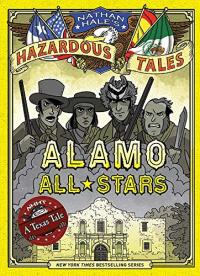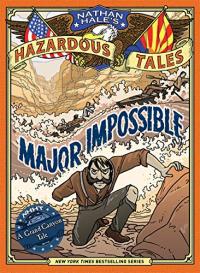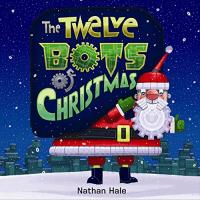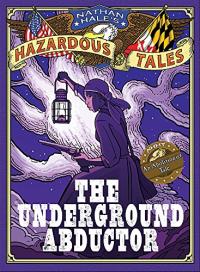
Nathan Hale is an award winning children’s book illustrator and author with a background in scientific and natural history illustration. He grew up in Sundance Utah, the child of ski instructors. The family didn’t have a TV and at night his dad would read fantasy stories out loud to Nathan and his siblings.
Nathan studied illustration at Cornish College of the Arts in Seattle. His first job was to paint a display at a new dinosaur museum, and that led to a career as a natural history museum display, painting scientific murals for museums around the U.S. He took his first step into graphic novels when he was asked to illustrate Rapunzel’s Revenge, a re-telling of the fairy tale by Shannon Hale (no relation).
Nathan was inspired to create his own series, Nathan Hale’s Hazardous Tales, by his love of history and comics. The first book in the series is One Dead Spy, which tackles the story of the historical Nathan Hale himself, who was an officer and spy for the American rebels during the Revolutionary War. Subsequent books have explored events of the Revolutionary War, the Alamo, exploration of the West, the Underground Railroad, WWI, and WWII.
Nathan is also the author and illustrator of picture books, including The Twelve Bots of Christmas. He illustrated the graphic novel Rapunzel’s Revenge and its sequel, Calamity Jack. Nathan also illustrated Frankenstein: A Monstrous Parody, The Dinosaurs’ Night Before Christmas, and many others.
Nathan lives with his family in Utah, and is an enthusiastic collector of Lego® sets. He divides his time between picture books, natural history/educational illustration, and graphic novels.
Learn more about Nathan’s books and his school workshops at his official website . You can also follow Nathan Hale on Twitter .
Books by this illustrator
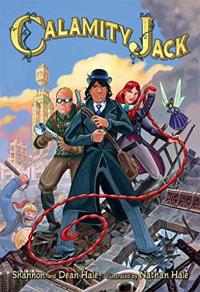
Calamity Jack
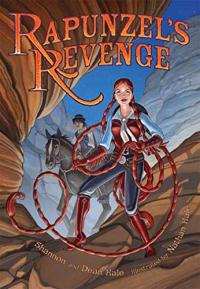
Rapunzel’s Revenge
Find this author’s books on these booklists
Themed Booklist
Diverse Books: Graphic Novels
Themed Booklist
From the American Revolution to a New Nation
Themed Booklist
Graphic Novels: Read the Pictures
Themed Booklist
